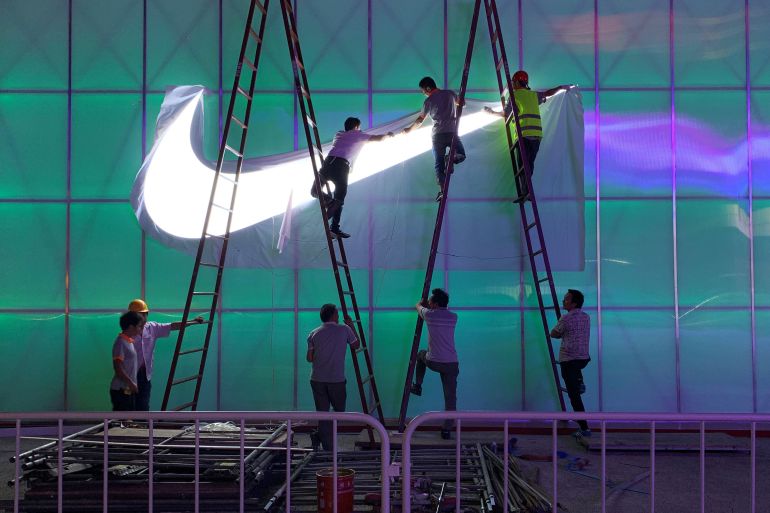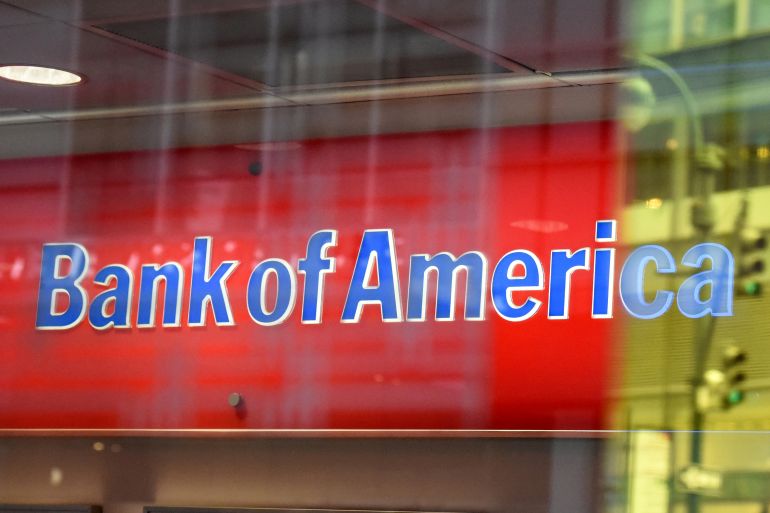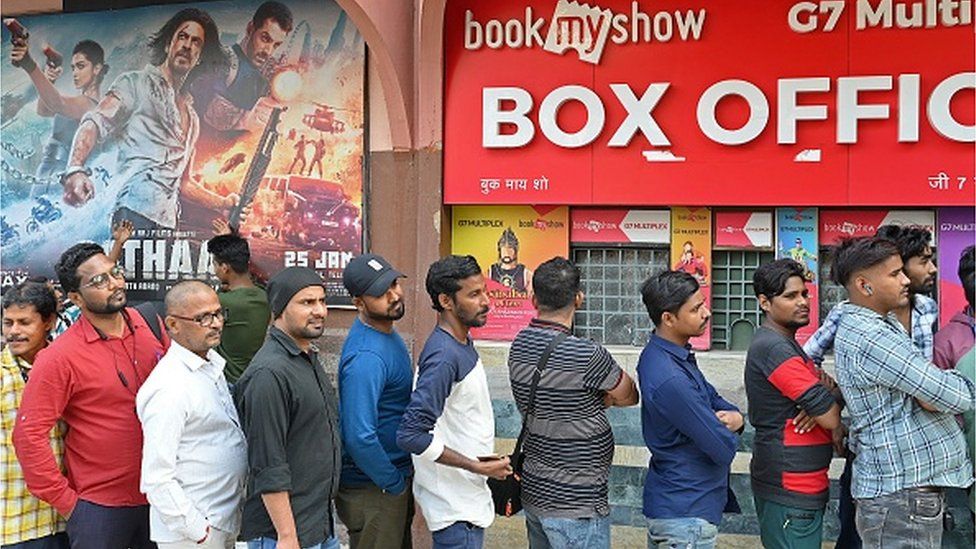Homo sapiens humans have been here for more than 200,000 years but didn’t settle down and develop the basic technologies of civilization until very recent times. For more than 90% of the time Homo Sapiens have been around, our ancestors made their living by hunting wild animals and gathering wild plants.
The first animal to be domesticated about 15-20,000 years ago was the wolf; and most scientists of domestication think that the wolves themselves did most of the domestication process. We do not know why this first process of domestication did not begin ten or twenty thousand years earlier.
The earliest evidence of human civilization appeared just north of the Syrian border in Turkey’s Göbekli Tepe, which existed between 11,500 and 10,000 years ago, well before the development of agriculture.
Civilization can’t start until people can settle in one place and have the time to invent technologies for metals, buildings, pottery, writing, and the like. You can’t do those things when you are moving around hunting, fishing, and collecting wild plants. Agriculture allows you to stay in one place, but humans didn’t invent agriculture until the last 10,000 years.
So, the question is what held up agriculture? Climate may have been the key factor. The last 10,000 years have been unusual, with mild winters and moderate moisture. Before then, the world was often much colder than now, except for brief periods when the temperature rose above our levels.
The Earth is a big place, and you might think that there were always regions where people could have begun raising plants and animals. But, for much of this era, there was less land suitable for farms than now.
After the ice ages, climates changed in ways that made human agriculture possible throughout much of the world. Forests appear where conditions are good for plants to grow.
Maybe, if the climate had been different, human civilizations might have arisen much sooner.
Or maybe non-material factors like religions stimulated human beings over the last fifty thousand years to create civilizations.
Modern Homo sapiens, our own species, ventured forth from Africa 50-70,000 years ago, at a time when three or four other almost human species still existed. Yet today, only Homo sapiens remains. Because all of our closest relatives died out; our closest living relatives are chimps and bonobos, who are physically and culturally rather distant from humans. Why did we manage to survive, when all our pre-human close relatives died out?
Our closest living relatives are the great apes, and there are six species alive today: chimpanzees, bonobos, two species of gorilla and two species of orangutan; and while they all use, and even make tools, none of them put on clothing, bury their dead, or carve figures for worship.
Until 30-40,000 years ago, in addition to modern humans, three other pre-human hominin species were around: the Neanderthals in Europe and western Asia, the Denisovans in East Asia, and the “hobbits” from the Indonesian island of Flores.
Markings on a cave wall in France are the oldest known engravings (57,000-70,000 years ago) made by Homo Neanderthals, according to a study published June 21, 2023, in the open-access journal PLOS ONE. Because these are non-figurative symbols, the intent behind them is unclear. They are, however, of a similar age with cave engravings made by Homo Sapiens in southern parts of Africa.
One of the reasons that other species of Homo disappeared once modern Homo Sapiens came out of Africa is that making bows and arrows was invented by Homo sapiens 70-80,000 years ago in Africa, and brought by them into Eurasia by 55-65,000 years ago. In conflicts between Homo Sapiens and other spices of Homo, the latter would have suffered an ongoing great disadvantage which led them into hopeless depression.
But I think the major reason Homo Sapiens alone survived is because they were fruitful and multiplied better than the others; and because they spread throughout the world faster. They had turned from bands of families with dozens of fighters into tribes of many clans with hundreds of fighters held together by their religious celebrations, ancestral myths, and shaman-priests.
There are limits to the size of personal networks of bands of individual humans. Many studies find the mean size of extended networks (the largest component of a band’s person’s social network) to be between about 100 and 300 (see Boissevain 1974:117; Hill and Dunbar 2003; McCarty et al. 2001; Roberts et al. 2009; Stiller and Dunbar 2007). Religion provided the bonds that enabled bands of many dozens to become tribes of many hundreds.
These tribes pushed the smaller bands away from the best resources, especially during times of prolonged draught. Their greater tribal numbers resulted in more variety of skills and discoveries as well as greater opportunities to engage in long distance trade. The Qur’an itself refers to all these advantages.
“Humanity was [of] one religion [pre-Adam polytheism]; then Allah sent the prophets as bringers of good tidings and warners and sent down with them Scripture (Torah, Zabur, Evangel, and the Qur’an) in truth to judge between the people concerning that in which they differed. And none differed over the Scripture except those who were given it – after the clear proofs came to them – out of jealous animosity among themselves. And Allah guided those who believed to the truth concerning that over which they had differed, by His permission. And Allah guides whom He wills to a straight path. (2:213)
Thus, religious monotheism is God’s will: “If God had so willed, He would have made you one community, but He wanted to test you through that which He has given you. (5:48) and “If your Lord had pleased, He would have made all people a single community, but they continue to have their differences. (11:118–19)
The only way humans learn about what God wants us to do is from God’s Prophets and Messengers. The Qur’an says:”There never was a people without a Warner (prophet) having lived among them.” (35:24) because “We would never visit our wrath (chastise any community) until We had sent a Messenger (prophet) to give a warning.” (17:15)
After tens of thousands of years of hunter-gather, nomadic, polytheistic nature worship, humans began the process over many centuries of settling down to farm. (Genesis 2:15, 3:18-19 and 23) The beginning of the Abrahamic monotheistic religions starts with Prophet Abraham, who is called a Muslim in the Arabic Qur’an; and in the Hebrew Bible he is called a Hebrew [speaker] and a Babylonian immigrant who crossed the Jordan River.
The name or term ivri (the Hebrew) first appears in the Torah, when Prophet Abraham is called “the Hebrew: “And it was told to Abram the Hebrew” (Genesis 14:13) And Prophet Joseph uses the name as both a geographical and an socio-ethnic term: “I was kidnapped from the land of the ivrim” (Genesis 40:15), and “The Egyptians could not eat with the ivrim, since that would be an abomination” (Gen. 43:32)
The word Muslim is a religious identity term that refers to faithful monotheistic believers. The word Hebrew is a linguistic, geographical and ethnic identity term like German [a language], Germany{a country] and Germans [a people]. The word descendent is a biological inherited birth identity term like nobility or tribe.
Islam was a religion designed by God to overcome other self-identities: “O mankind, We created you from male and female, and made you (into) peoples and tribes, that you may know (respect) one another. Indeed, the most noble of you in the sight of Allah is the most righteous of you. Indeed, Allah is Knowing and Acquainted.” (Quran 49:13)
“Once all humans were but a single community; then they disagreed (saying only my religion is true). Had it not been that your Lord had already so ordained, a decisive judgement would have been made regarding their disagreements.” (10:19)
This is why the Qur’an declares: “Let there be no compulsion in Religion: truth stands out clear from error: whoever rejects evil and believes in Allah (one God) has grasped the most trustworthy unbreakable hand hold: Allah hears, and knows all things.” (2:256)
And: “Who is better in religion than one who submits himself to Allah while being a doer of good and follows the religion of Abraham, inclining toward truth? And Allah took Abraham as an intimate friend.” (4:125)
Jews have many names to self-identify because they have been immigrants for a little more than half of their 36 centuries of Jewish history. Even more important, by God’s design Prophet Abraham’s biological descendants through Isaac and Jacob became the first ongoing monotheistic community to last to this very day. “And remember Our servants, Abraham, Isaac and Jacob – those of strength and [religious] vision. Indeed, We chose them for an exclusive quality: remembrance of the home [the “safe haven” Land of Israel]. And indeed they are to Us among the chosen and outstanding.” (Qur’an 38:45-7)
“Indeed, We sent down the Torah, in which was guidance and light. The prophets who submitted [to Allah] judged by it for the Jews, as did the rabbis and scholars by that with which they were entrusted of the Scripture of Allah, and they were witnesses thereto. So do not fear the people (who oppose you Muhammad) but fear Me, and do not exchange My verses for a small price. And whoever does not judge by what Allah has revealed – then it is those who are disbelievers.” (Qur’an 5:44)
Prophet Isaiah said: “Listen to me, you who pursue righteousness, you who seek the Lord: look to the rock from which you were hewn, and to the quarry from which you were dug. Look to Abraham your father and to Sarah who bore you; for he [Abraham] was only one [person] when I called him, that I might bless him and multiply him. (Isaiah 51:1-2) and the Qur’an states: “You have an excellent example to follow in Abraham.” (60:4) and “Follow the way of Abraham as people of pure faith.” (3:95)
“If God had so willed, He would have made you one community, but He wanted to test you through that which He has given you. (5:48)
“If your Lord had pleased, He would have made all people a single community, but they continue to have their differences. (11:118–19) and that is good.

Rabbi Allen S. Maller
Allen Maller retired in 2006 after 39 years as Rabbi of Temple Akiba in Culver City, Calif. He is the author of an introduction to Jewish mysticism. God. Sex and Kabbalah and editor of the Tikun series of High Holy Day prayerbooks.













